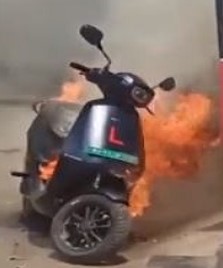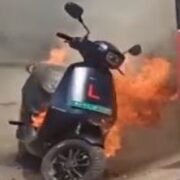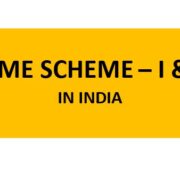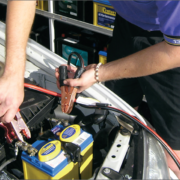Reasons for failure of batteries in EV
Reasons for failure of batteries in EV as per Committee set up by Indian Govt.
On increasing numbers of fire incidents in batteries of two wheelers, the Union Road Transport & Highways Ministry led by Nitin Gadkari informed through a tweet in April,22 that an expert committee/panel has been formed to inquire into these incidents. He also said that “if any company found negligent in their processes, a heavy penalty will be imposed, and a recall order will also be ordered.”a
The center for Fire Explosive & Environment Safety was appointed to investigate the fire incidents in batteries of two wheelers.
Now, this expert committee has completed its investigation & come out with following observations (which was available in newspaper on 29th June, 22)–
- These batteries even have no ‘basic safety systems’.
- There was no ‘venting mechanism’ for overheated cells to release energy.
- The ‘battery management system’ was seriously deficient

The panel has pointed out that many electric 2 wheelers came with ‘minimum functionality’ only and ‘shortcuts’ were taken in safety during manufacturing of batteries. Final report on this matter will be submitted by the committee/panel within one week time but recommendation has already been shared with EV manufacturers for corrective actions.
Upon investigation of the matter, committee observed that batteries cells have failed certain tests, in some cases venting mechanism not provided which helps in releasing pressure/energy that further helps cells preventing from bursting, cells are catching fires & bursting. In other words, we can say that cells are of poor quality.
Committee also pointed out that 2- wheelers are coming with very basic Battery Management System (BMS). Actually, a particular cell when it gets overheated must be identified & cut off by BMS, but such important feature is not found in this system. An updated BMS system should monitor & regulate current supply of the battery to prevent it from overcharging & overheating.
Govt is very tough with EV manufacturers. They shared committee’s recommendation with EV companies & asked them that why they should not be prosecuted legally for not ensuring safety in the vehicle. Battery of an EV must adhere safety guidelines set by ARAI (Automotive Research Association of India). These safety measures are being ignored by the companies due to increase in production of 2 wheelers to meet the demand of vehicles in the market.




